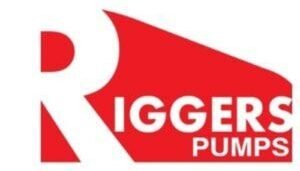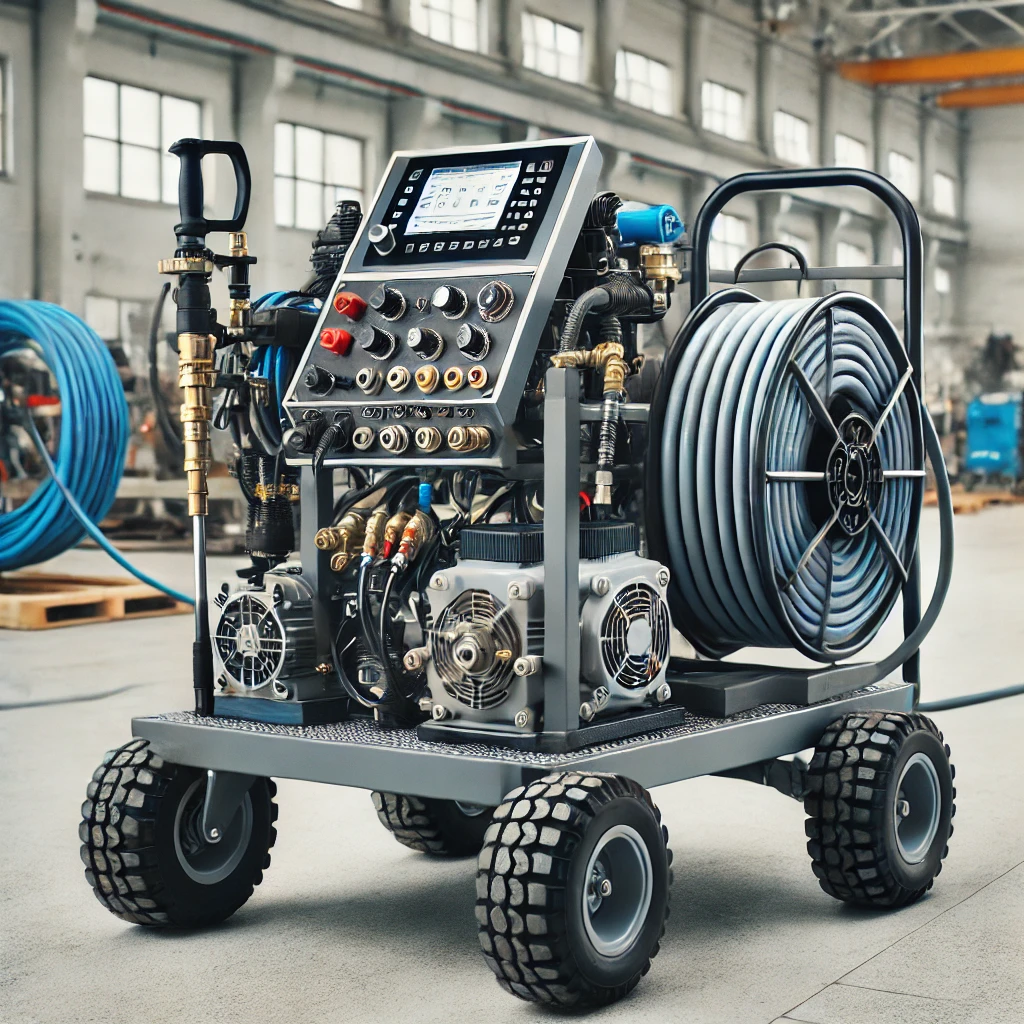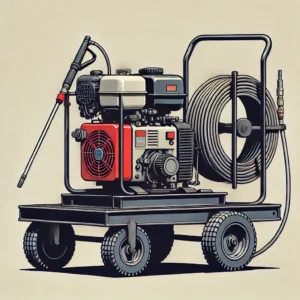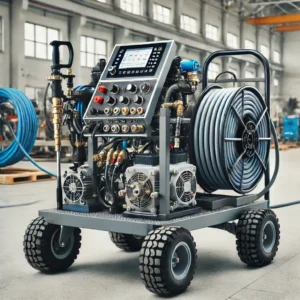Water jetting machine is a high-pressure cleaning device that uses a powerful jet of water to remove dirt, debris, grease, paint, scale, and other unwanted substances from surfaces, pipelines, and equipment. It operates by pressurizing water through a pump and forcing it out through a nozzle at pressures ranging from 1,500 PSI to over 50,000 PSI, depending on the machine and application.
Water jetting machines are powered by electric motors, diesel engines, or hydraulic systems and are equipped with various nozzles to suit specific tasks. They provide an environmentally friendly and efficient cleaning method that minimizes the need for chemicals or abrasive materials.
Applications of Water Jetting Machines
1. Industrial Cleaning:
- Removing grease, oil, and grime from machinery, factory floors, and production equipment.
- Cleaning conveyor belts, mixers, and other industrial systems.
2. Pipe and Drain Cleaning:
- Clearing blockages in municipal and industrial pipelines.
- Removing debris, sludge, and scale from sewers and drainage systems.
3. Surface Preparation:
- Stripping paint, rust, and coatings from metal, concrete, or wooden surfaces.
- Preparing surfaces for welding, painting, or other treatments.
4. Heat Exchanger and Boiler Cleaning:
- Removing scale, slag, and other deposits to improve heat transfer efficiency.
- Cleaning internal components of boilers and condensers.
5. Tank and Vessel Cleaning:
- Cleaning storage tanks, silos, and pressure vessels in industries like oil, chemicals, and food processing.
- Removing sludge, scale, and hardened residues.
6. Marine and Offshore Maintenance:
- Cleaning ship hulls, removing marine growth like barnacles and algae.
- Removing rust and old coatings on offshore platforms.
7. Hydro Demolition:
- Removing damaged or deteriorated concrete without affecting reinforcement.
- Used in construction and infrastructure repair projects.
8. Environmental Cleaning:
- Cleaning up industrial spills, hazardous waste, and polluted areas.
- Restoring surfaces contaminated with chemicals or environmental residues.
9. Food and Beverage Industry:
- Maintaining hygiene by cleaning processing equipment, pipelines, and storage areas.
10. Mining Applications:
- Cleaning mining equipment and machinery.
- Removing sediment and debris in mining operations.



